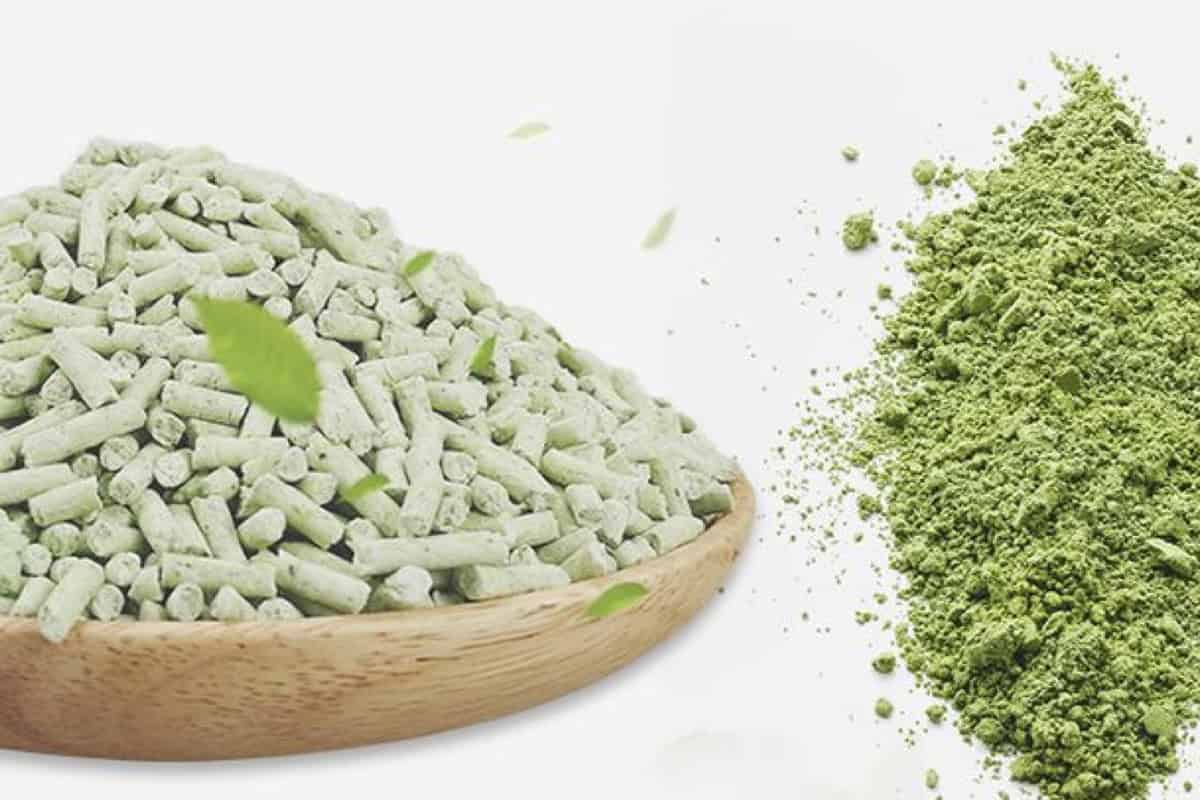Cat litter plays a crucial role in maintaining your cat’s hygiene and comfort. But have you ever wondered how much cat litter is the right amount to use? The thickness of the litter in your cat’s litter box affects not only their toileting experience but also your cleaning routine and the overall cost of litter. Some cat owners believe that the more litter they use, the better, as it can reduce odors and cleaning frequency, while others prefer to use less to avoid waste. So, what is the ideal amount of litter for your cat? And what are the consequences of using too much or too little? This article explores the best practices for cat litter usage from your cat’s toileting habits to the litter’s performance and everyday maintenance.
1.What Is the Ideal Thickness of Cat Litter?
In general, a litter thickness of 5-8 cm (2-3 inches) is recommended. This amount provides enough coverage for your cat to dig and bury waste comfortably, while also preventing excessive waste and ensuring cleanliness.
Why 5-8 cm is Ideal:
• Meets Cats’ Digging Habit: Cats naturally enjoy digging and burying their waste. If there’s too little litter, they may struggle to do this, leading to an unpleasant litter box experience and possibly inappropriate elimination elsewhere.
• Prevents Leakage: Thin layers of litter can cause urine to seep through to the bottom of the litter box, creating a mess and odor, and making cleanup more difficult.
• Promotes Better Clumping: The right thickness allows urine to clump properly, preventing the litter from breaking apart when cleaning, which helps keep the box cleaner longer.
2.Problems with Too Little Cat Litter
Some owners may try to save on litter by using just 2-3 cm of litter, but this can lead to several issues:
• Cats May Dig to the Bottom: Cats will dig to the bottom of the box if the litter is too shallow, causing urine and feces to come into direct contact with the bottom of the box. This can create unpleasant odors and makes cleaning harder.
• Urine May Leak to the Bottom: Insufficient litter may not absorb urine properly, causing moisture to reach the bottom of the box, creating a breeding ground for bacteria and odor.
• Cats May Reject the Litter Box: If your cat finds the litter box uncomfortable or dirty due to insufficient litter, they may choose to relieve themselves elsewhere, like on the carpet or furniture.
• Increased Cleaning Frequency: With too little litter, clumps often break apart during cleaning, making the box dirty quickly and requiring more frequent cleaning.
3.Is More Litter Always Better?
While too little litter can cause issues, using more litter than necessary isn’t always the solution. Adding more than 8 cm, or even 10 cm, of litter can lead to new problems.
• Wasted Litter and Increased Costs: Adding too much litter may lead to wastage since your cat won’t use more litter just because it’s there. This increases the cost of purchasing litter.
• Messy Litter Box: When the litter is too deep, your cat might throw litter outside the box while digging, creating a mess around the litter box area.
• Clumping Issues: A deeper litter layer may result in multiple small clumps on the surface instead of one solid clump, making it more difficult to clean.
• Discomfort for Cats: Cats like stable surfaces, and an overly thick layer of litter may cause their feet to sink into it, making them uncomfortable. Some cats may even avoid the litter box altogether.
4.How to Determine if You’re Using the Right Amount of Litter
The right amount of litter depends on your cat’s size, breed, and habits. Here’s how you can check if you’re using the right amount:
• Observe Your Cat’s Behavior: If your cat frequently digs to the bottom, it could mean there’s too little litter. If the litter is scattered everywhere after use, it may be too much or the box may be too shallow.
• Check the Clumping: If the clumps are intact and easy to remove, the litter is the right thickness. If the clumps break apart or the bottom of the box is wet, you might need more litter. If clumps are unevenly spread, it could indicate the litter is too deep.
• Control Litter Costs: The amount of litter you use directly affects how often it needs to be replaced, which impacts your overall litter cost. Maintaining the right thickness can reduce wastage while keeping your cat comfortable.
5.How to Properly Add and Maintain Cat Litter
To ensure your cat’s litter box stays clean and your cat remains comfortable, follow these maintenance tips:
• Initial Setup: Add 5-8 cm of litter when first setting up the box to ensure there’s enough for your cat to dig and bury waste comfortably.
• Daily Cleaning: Scoop out urine clumps and feces daily to keep the box clean. Refill the litter as needed to maintain the 5-8 cm depth.
• Regular Full Change: Depending on the type of litter, replace the entire contents of the box every 1-2 weeks. Clean and disinfect the box thoroughly during these changes.
• Choose the Right Litter Box: Ensure the box is deep enough to hold the desired amount of litter without overflow. For cats that dig vigorously, a box with high sides can prevent litter from spilling out.
Conclusion: The Right Amount of Litter for Your Cat’s Comfort
The ideal litter depth of 5-8 cm strikes a balance between comfort and cleanliness, meeting your cat’s needs without wasting litter. Too little litter can cause odor issues and discomfort, while too much can lead to waste and an unpleasant experience for your cat. By adjusting the thickness as needed and maintaining a consistent cleaning routine, you can ensure your cat’s litter box stays hygienic and inviting, providing them with a comfortable toileting experience.
As a responsible cat owner, monitoring your cat’s litter habits and adjusting the litter depth accordingly is key to maintaining a healthy and happy environment for your feline friend!

